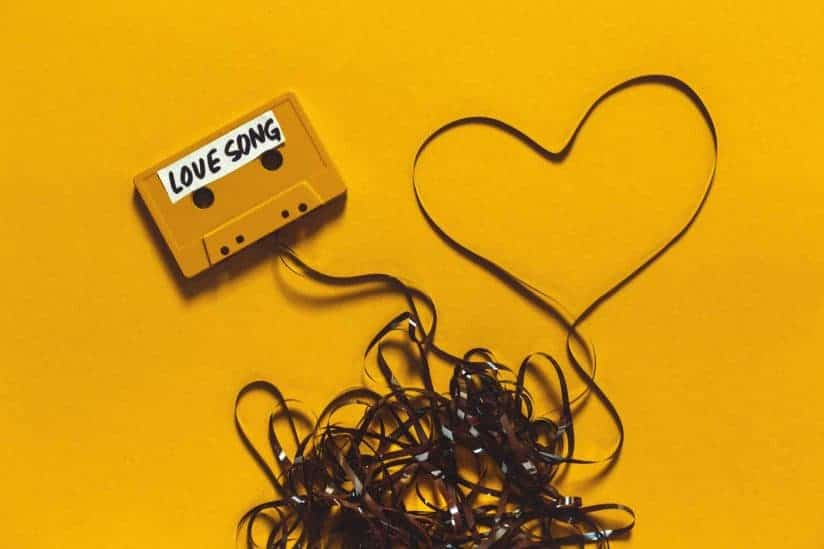When Valentine’s Day rolls around, love is in the air. Or is it? With hundreds of thousands of Americans turning to online dating and shopping, is a day dedicated to romantic love and gifting chocolates and cards passé?
“Less people may actually be celebrating Valentine’s Day with a significant other,” said Julie Albright, a lecturer with the USC Dornsife College of Letters, Arts and Sciences and an expert in relationship issues and online dating. “Younger digital natives are much less likely to be in a relationship now, given the plethora of choices available to them on dating apps and on social media.”
Albright notes that psychologists call this “choice overload” — with more choices, people are less able to choose anything at all — and that 65 percent of high school kids now have never even been in a relationship.
“Paradoxically, although young people have more opportunities than ever to meet that special someone, they’re less likely to commit,” she said.
Valentine’s Day in the digital age: When breaking up isn’t hard to do
Choice overload may not be the only thing standing in the way of committed relationships.
“Dating apps and technology have gamified dating,” said Karen North, director of the Annenberg Program on Online Communities at the USC Annenberg School for Communication and Journalism. “It’s a game of connecting and not even really breaking up, but of abandoning people.
“People are now engaged in practices that would violate social norms in the olden days; there are no consequences since they’re not dating friends of friends or friends of family.
“There is a new vocabulary to talk about dating and breaking up because of social media: ‘cushioning,’ ‘ghosting’ and ‘zombieing.’ Some algorithms allow people to peer into each others’ lives and connect on all these different channels. They’ll use tricks and gimmicks to stop dating but remain connected on social media. They’ll ‘like’ or comment on a post to entice someone or to drive them crazy.
So tell me what you want, what you really, really want
For those who have managed to navigate the digital dating scene and find themselves in a relationship, selecting the right Valentine’s Day gift brings its own set of challenges.
“With a Valentine’s Day gift there are strong emotional overtones,” said Lars Perner, an expert on consumer behavior and holiday shopping and assistant professor of clinical marketing at the USC Marshall School of Business.
“For the gift-giver, there may be stress about what to buy. They want to make sure the message is correct and show an understanding of their Valentine and what he or she is looking for – not just from a utilitarian point of view, but from the point of view of knowing about the other person. A gift may be perceived as more valuable if there has been some thought put into it.
“For the recipient, there is a tendency to scrutinize what you get to see if there’s a message hidden in the gift. For couples who have been dating for a while, there could be the hope or expectation of a marriage proposal. Some may read signs into gifts that may or may not be intended.”
Valentine’s Day in the digital age: Don’t keep your Valentine guessing
Another expert tip: don’t tease the surprise.
“When we are told ahead of time about a surprise, it’s hard for us not to engage in wishful thinking, which can end in disappointment,” said Eva Buechel, USC Marshall assistant professor of marketing and an expert on the psychological processes that shape consumer judgments, decisions and behaviors.
“My research has shown that if you just surprise someone with a box of candies, they are happier than if you first tell them there is going to be a surprise.
“People also think getting a big gift will give them more happiness than a smaller gift. But research shows it’s the gift, regardless of size, that gives them happiness.
“We have demonstrated that people are just as happy winning $1 as winning $20. Giving someone even the tiniest little Valentine can have huge impacts in terms of happiness.”
As it turns out, it really is the thought that counts.


